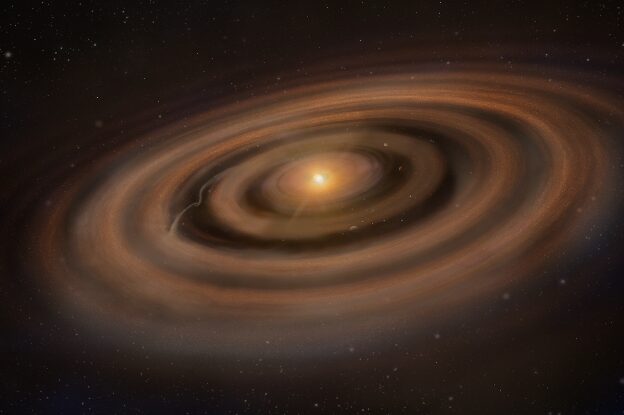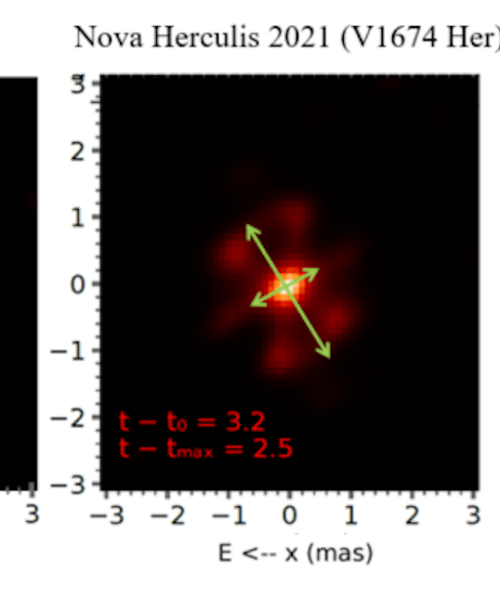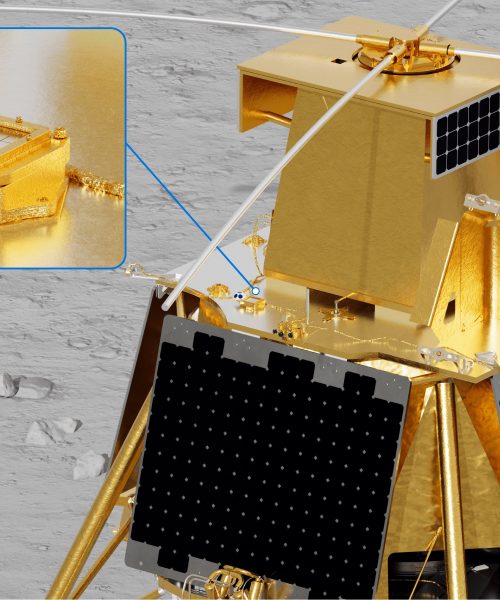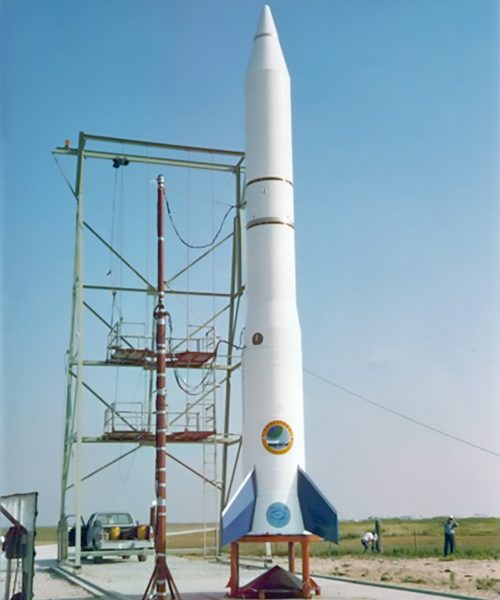Our solar system is approximately 4.6 billion years old, but countless planetary neighborhoods are still just getting their start. Identifying and studying these newcomers isn’t always easy, but thanks to recently developed techniques an international research team has captured some of the sharpest images ever seen of protoplanetary disks inside more than a dozen early star systems.
The discoveries are the latest from the exoALMA project, an international collaboration that uses an instrument called the Atacama Large Millimeter/submillimeter Array (ALMA) in Chile to scan the skies. But instead of searching for a planet’s direct light, astronomers used ALMA to identify the effects of potential planetary subjects on their cosmic surroundings.

“It’s like trying to spot a fish by looking for ripples in a pond, rather than trying to see the fish itself,” explained Christophe Pinte, a project co-leader at Monash University’s Institute of Astrophysics and Planetology in Australia.
Pinte and colleagues started by designing new calibration approaches and refining their analysis methods. The team focused particularly on aligning observations taken at different times, while also flagging and eliminating unwanted distortions and noise in the data. They then applied these methods to massive datasets collected by ALMA from 15 young star systems in order to identify potential protoplanet hotspots.

The results allowed for a first-of-its-kind systemic study of the 3D structures of multiple protoplanet disks. The disks the team studied range from only a few hundred to around 1,000 light-years from Earth. Clues that pointed astronomers to these locations included swirling gas influenced by an early planet’s gravity, as well as rings and gaps of dust inside dust disks. The survey also clearly showed protoplanetary disks are home to highly dynamic environments that result in complex relationships between galactic dust and gas.
“The new approaches we’ve developed to gather this data and images are like switching from reading glasses to high-powered binoculars,” said principal investigator Richard Teague. “They reveal a whole new level of detail in these planet-forming systems.






